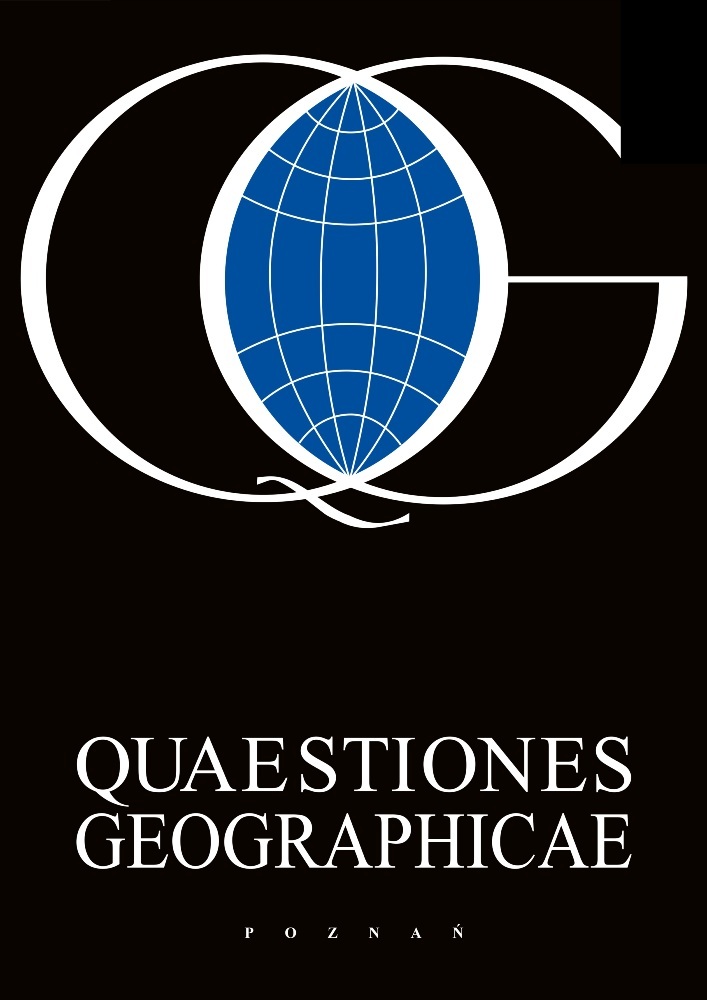Abstract
The 2000/2001 winter was exceptionally rainy in Portugal and between November 2000 and March 2001 several floods occurred. In this period some localities registered the highest floods of the last hundred years. One example is the town of Amarante, in the north of Portugal, that has been affected by several flood events during the time frame previously mentioned. There is no reference of these episodes in the international disaster databases (e.g. Em-dat, Darmouth Flood Observatory) because it is a very small scale event, and no fatalities were recorded. However, it is a recurrent situation with considerable direct and indirect damages which affects a small part of the cultural heritage centre which is also an important touristic and commercial area. The objective of this paper is to understand the characteristics of flood risk in Amarante which is a product of the hazard and the vulnerability of exposed elements (e.g. people, environment and structures) in order to improve flood disaster management efficiency. The paper is organized into two parts. On the first one we add new data to the previous knowledge through the identification of flood episodes in two time periods, between 1937 and 1955 and from 1985 to 2001. Each event was characterized according to several parameters (e.g. flood peak, water height, flooding area, duration, and flow velocity) and classified into six levels according to flood magnitude (water height), flooded area (extension) and potential impacts (damages). This approach improves hazard knowledge and systematizes emergency re-sponse procedures. It can improve the communication, not only between the different civil protection agents, but also between them and the citizens during the emergency. It can also be useful for assurance companies’ policy. The second part is focused on the management of the 21st of March 2001 flood which was the most severe in Amarante’s history at least in the last hundred years. Understanding the damages and the impacts of flood on livelihoods, the emergency procedures, as well as the articulation between people and civil protection agents are fundamental to increase the efficiency of flood risk management strategies and the determination of appropriate protection levels.
References
Büchele B., Kreibich H., Kron A., Thieken A., Ihringer J., Oberle P., Merz B. & Nestmann F., 2006. Flood-risk mapping contributions towards an enhanced assessment of extreme events and associated risks. Natural Hazards and Earth System Sciences 6: 485-503.
Costa F. S., 2002. As grandes cheias do Rio Tâmega (o caso do período 1960-1986). Apresentação no 6º Congresso da Água, APRH, Porto, 18/22 Março de 2002.
EU [European Union], 2007. Directive 2007/60/EC of the European Parliament and of the Council of 23 October 2007 on the assessment and management of flood risks. Online 25.07.2010: http://ec.europa.eu/environment/water/flood_risk/key_docs.htm
Gomes S. A. L. & Costa F. S., 2004. As cheias urbanas em Amarante - o caso da cheia do rio Tâmega em 2001. Actas do 7º Congresso da Água, Laboratório Nacional de Engenharia Civil, Lisboa, 8 a 12 de Março 2004, Lisboa, 14 pp.
Handmer J. W., Penning-Rowsell E. C. & Tapsell S., 1999. Flooding in a warmer world: the view from Europe. In: T. E.Downing, A. A.Olsthoorn & R. S. J. Tol (Eds), Climate, Change and Risk, Routledge, London: 125-161.
Hansson K., Danielson M. & Ekenberg L., 2008. A framework for evaluation of flood management strategies. Journal of Environmental Management 86: 465-480.
INAG [O Instituto da Água, I. P.], 2001. Plano da Bacia Hidrográfica do Rio Douro. Análise e diagnóstico - Caracterização Geral da Bacia Hidrográfica. Ministério do Ambiente e Ordenamento do Território, Vol. III.
INAG [O Instituto da Água, I. P.], 2002. National Water Plan. Instituto Nacional da Água, Vol. I and II. Ministério do Ambiente e Ordenamento do Território, Lisboa.
INAG [O Instituto da Água, I. P.], 2010. Atlas da Água: Águas Superficiais. Online 25.07.2010: http://snirh.pt/
Jonkman S. N., Bočkarjovab M., Kokc M. & Bernardinid P., 2008. Integrated hydrodynamic and economic modelling of flood damage in the Netherlands. Ecological Economics 66: 77-90.
Kreibich H., Piroth K., Seifert I., Maiwald H., Kunert U., Schwarz J., Merz B. & Thieken A. H., 2009. Is flow velocity a significant parameter in flood damage modelling? Natural Hazards and Earth System Science 9: 1679-1692.
Kron W., 2002. Keynote lecture: Flood risk = hazard x exposure x vulnerability. In: B.Wu, Z.-Y.Wang, G.Wang, G. G. H.Huang, H.Fang & J. Huang (eds.), Flood Defence '2002, Science Press, New York.
Merz B. & Thieken A. H., 2009. Flood risk curves and uncertainty bounds. Natural Hazards 51(3): 437-458.
Moël H., van Alphen J. & Aerts J. C. J. H., 2009. Flood maps in Europe - methods, availability and use. Natural Hazards and Earth System Sciences 9: 289-301.
OFDA [Office of U. S. Foreign Disaster Assistance], 1999. BHR/OFDA Annual Report FY 1999. Online 25.07.2010: http://www.usaid.gov/our_work/humanitarian_assistance/disaster_assistance/publications/annual_reports/pdf/AR1999.pdf
Pedrosa A. S. & Costa F. S., 1999. As cheias do Rio Tâmega. O caso da área urbana de Amarante. Territorium, Revista de Geografia Física aplicada ao ordenamento do território e gestão de riscos naturais, Coimbra 6: 249-78.
Tsakiris G., Nalbantis I. & Pistrika A., 2009. Critical Technical Issues on the EU Flood Directive, European Water 25/26: 39-51. Online 25.07.2010: http://www.ewra.net/ew/pdf/EW_2009_25-26_04.pdf
License
This content is open access.
